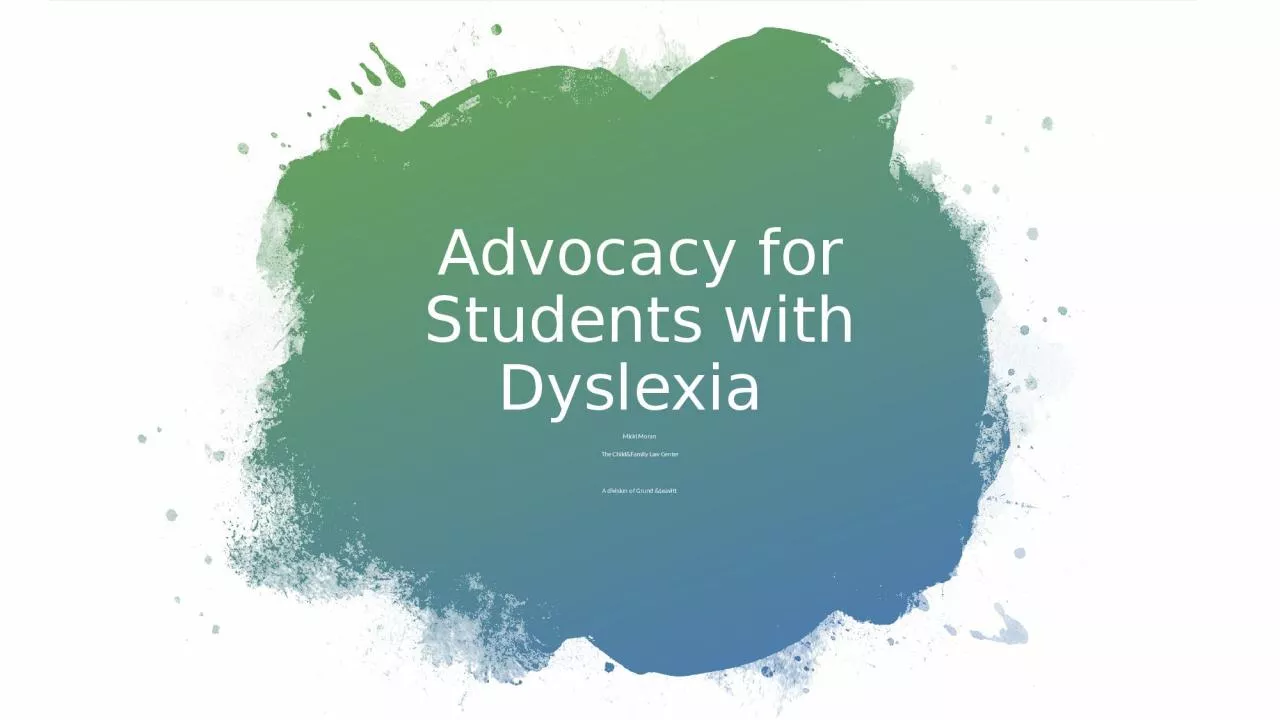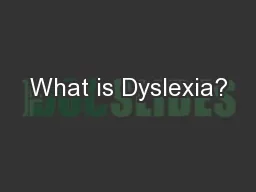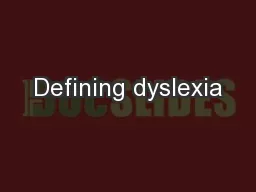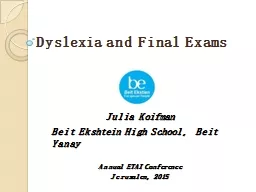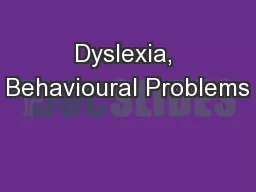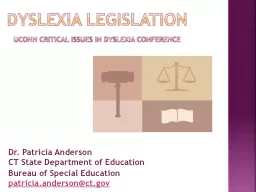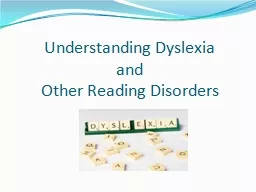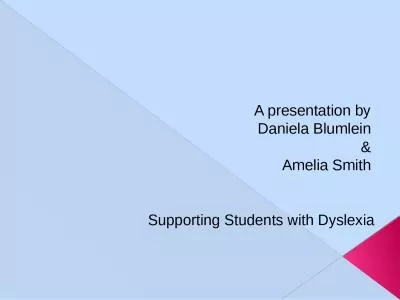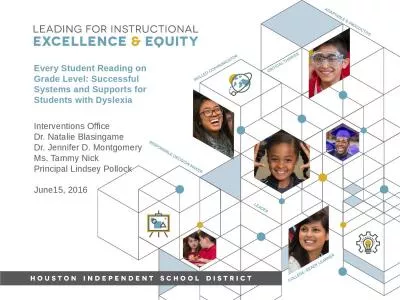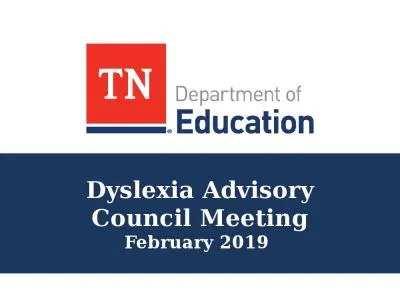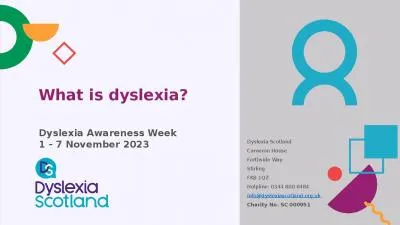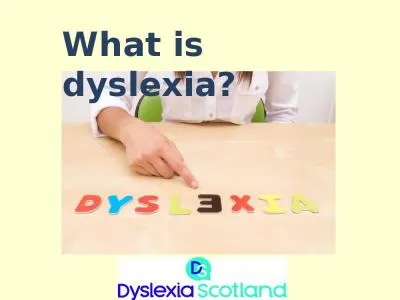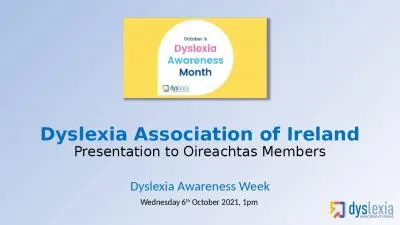PPT-Advocacy for Students with Dyslexia
Author : SkylineBabe | Published Date : 2022-08-02
Micki Moran The ChildampFamily Law Center A division of Grund ampLeavitt Legal Disclaimer This webinar is not intended to serve as legal advice COVID19 Federal
Presentation Embed Code
Download Presentation
Download Presentation The PPT/PDF document "Advocacy for Students with Dyslexia" is the property of its rightful owner. Permission is granted to download and print the materials on this website for personal, non-commercial use only, and to display it on your personal computer provided you do not modify the materials and that you retain all copyright notices contained in the materials. By downloading content from our website, you accept the terms of this agreement.
Advocacy for Students with Dyslexia: Transcript
Download Rules Of Document
"Advocacy for Students with Dyslexia"The content belongs to its owner. You may download and print it for personal use, without modification, and keep all copyright notices. By downloading, you agree to these terms.
Related Documents

